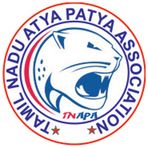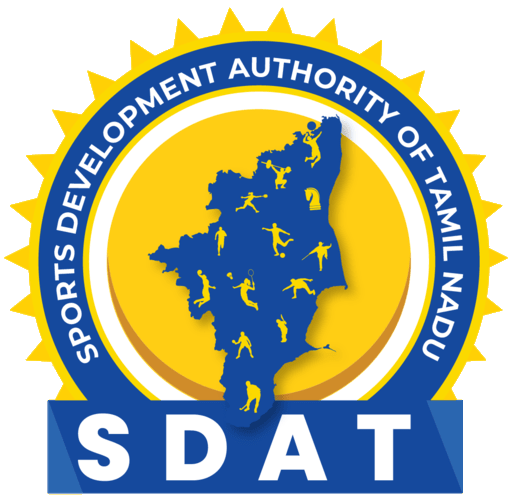Atya patya is a thrilling and ancient game of India. Atya patya, one of the Major indigenous Games of Indian origin, it is very popular particularly in rural areas. The game is played in villages in the Moonlights. Though the game has been played since time immemorial, it was played with different names and improvised and convenient rules according to the situation. The game was known in different names such as Sur-pati, Lon-pati,Darya-banth, saragari, saramani, tilli, uppinat, uppupatti, choupal pati, panchwati, chikka etc.
In Tamil Nadu this game is in old Tamil Literature in the name of KILITHATU . It was also called by different name in different part of the state, like Kilithatu, Thatukodu, thanikodu, uppukodu, uppupattai etc.
The first effort to organise the game was made by Dekkan Gymkhana, pune. They prepared the rules and conducted the matches. Next move was taken by Hind Vijay Gymkhana, Baroda, which made significant changes in the rules and conducted the tournaments to promote and popularise the game.
But the main efforts for developing this game were made by Akhil maharashtra sharirik shikshan mandal. The mandal conducted the divisional tournaments in which teams from Marathi speaking areas of different states of the country such as Maharashtra, Madhya-pradesh, Gujathi , Karnataka etc. participated. These tournaments were conducted in 1948.
In 1982 at the time of Asian Games and Atya Patya Federation of India was formed. The game was revived with the First Atya Patya National held at Nagpur in 1982. Tamilnadu state team started participating in national matches from the year 1996.
This Game of Atya-Patya, as per the rules framed by Atya Patya Federation of India, consists of 2 innings, each innings having a duration of 7 minutes. Each team consists of 9 players and each game consists of 2 innings. At the end of each innings, there is an interval for 2 minutes. The match is decided on the basis of best of three games. The side of assailants scores one point for each trench crossed by them. The innings consists of 2 plays of 7 minutes alternately played by assailants and defenders.
The play field for Atya-patya shall be marked as shown in the diagram. There shall be 9 Breadthwise strips known as trenches (pati), 23 feet 1 inch long and 13 inches in width, such as AB, CD. The Central lengthwise strip known as the Central Trench (sur-pati) E.F. and is 89 feet 1 inch long and 13 inches wide. (As given in the sketch).
The Central trench (sur-pati) divides each of the 9 trenches onto equal halves. In all, there are 9 trenches on this game. There shall be a clear space of 10 feet around the play fields. Those, who try to cross the trenches are called assailants at the commencement of the play two batches of the assailants, assemble in the area between the front trench and boundary line. The defenders shall stand on the trenches one on each trench facing the front trenches, while grenadier (sur) shall stand on the Central Trench, ready to cur the squares. The defendants cannot change the trenches during an inning.
After the signal for commencement of the inning is given, the grenadier shall cut the squares. He cannot put any assailant out unless he has cut the squares at the start 4 assailant will start the same and then 2nd Batch will play tailor will enter lastly.
The Grenadier and the defenders shall try to make the assailants out without committing faults and assailants shall try to cross as many trenches as possible during the innings. If all the trenches are crossed by the assailants, the foremost assailant shall call for a Tond and in that case the defenders will immediately turnabout and give Tond.
When all the trenches are crossed, it is said that the Lona is scored. As soon as the Lona is scored, Referee shall announce about the same. On such announcement, all the assailants who are not out, shall go up to the front trench and again the play will start. Whichever party scores more points in 2 innings wins the Game.
The officials require for the management of the Match are one chief Referee, One Scorer, and 5 Umpires. One for each player and one for the grenadier with the foremost assailant to mark the trenches crossed by the side and inform the Referee grenadier scorer accordingly.

